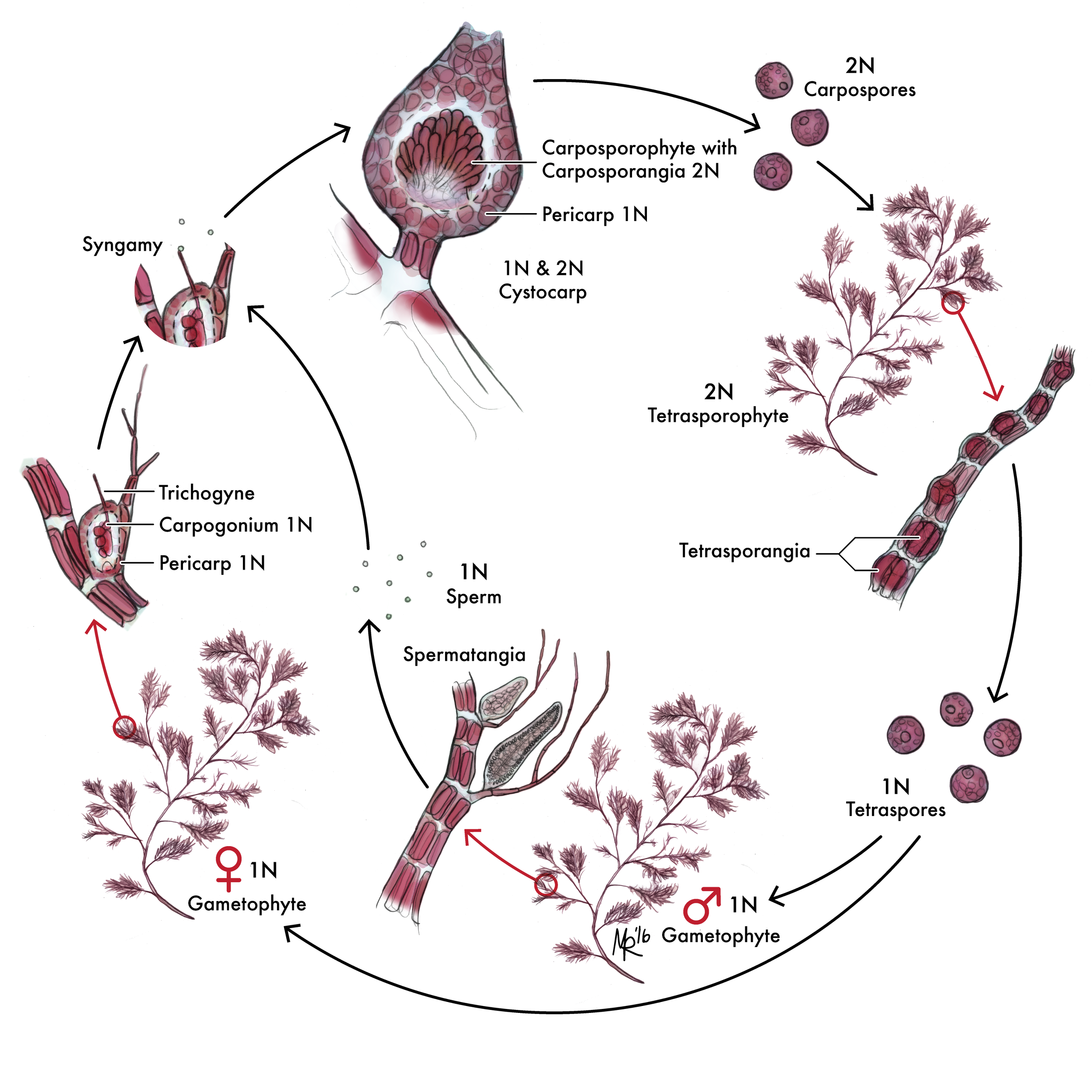The sloth is a mammal living in the rainforests of Central and South America,spending most of its time in branches 10 to 30 meters above the ground. There are actually two-toed sloths and three-toed sloths but it is the latter that typifies the classic sloth-like behavior. They have been the objects of scornfor many years - even by the supposedly objective scientific world. They have been called 'lazy', 'stupid', 'filthy' and a 'failure' in evolutionary terms because oftheir incapacity to struggle with speed and strength. This kind of discrimination has continued for centuries - especially in western countries.
Recent biology reports reveal surprising facts about three-toed sloths. They live with half the muscle weight of other animals. Three-toed sloths weigh onlyabout four or five kilograms but their muscle constitutes no more than a quarterof this. This slows them down but it also makes them light enough to be able to climb thin brancheswith great efficiency and thus have less chance of attacked by predators.
Eating and sleeping while hanging from the trees is one feature of their low energy life style. At night, when their body temperature decreases they stop moving altogether and wait for morning. When the sun rises they climb to the top of the tree and soak in the rays of light - recharging by solar energy.
Once a week, the three toed sloth slowly climbs to the base of a tree to defecate and pass urine. At first glance, this seems a rather dangerous and stupid habit that unnecessarily exposes them to predators but recent research has brought the reason for this behaviour to light.


Animal life cycles differ in the amount of time it takes from conception to the arrival of the infant animal, the gestation stage and the maturation phase. The time it takes for a growing sloth to reach sexual maturity depends on its species, but for the most part, three-toed sloths and two-toed sloths have similar life cycles. Everybody loves sloths, and whenever we talk about sloths we have to remember that the two living kinds. 2006) that grow continuously throughout life, and the lack of a. A Sloths life cycle. A cath is a baby sloth.Middle aged sloths are in Sids range from the Original mov ie Ice Age. An adult soths is in its 30s or maybe 40s. Powered by Create your own unique website with customizable templates. On average, a sloth will fall out of a tree once a week for its entire life. But don't worry, all sloths are anatomically designed to fall and survive — they can plummet from over 100 feet. Reproductive System: Life Cycle, Peculiarities, Male vs Female The gestation period for a three toed lasts for 150 days. Sloths give birth while hanging in the trees.
By digging a shallow hole, emptying their bowels and covering it with dead leaves they are feeding the tree half the nutrition they took from it by eating its leaves. If they defecated from the top of the tree the nutrients would be scattered and easily washed away by tropical rains. Through this behaviour they are being responsible gardeners in the tropical forests famous for their extremely poor soils. Thus, the sloth feeds and raises the trees that keep it alive. Could that be a lesson in reciprocity for us all?
Another discriminatory myth against the sloth was that they were extremely selective about the type of leaves they ate - only eating from the Secropia species. Now researchers have found that they eat at least 90 different leaf species. Each individual sloth has its own preference - usually one has about eight favorites and lives among those trees. They avoid conflict and competition with others through this diversity and lessen their impact on any particular tree species.
It serves to remind us of one of the greatest minds of the human race,Albert Einstein, (who may well have joined the Sloth Club if he had the chance!).He shared the low impact vegetarian habit of the Sloth, and had this to say about vegetarianism:
'Nothing will benefit Human Health and increase the chances for survival
of Life on Earth as much as the evolution to a vegetarian diet.'
It is unlikely that any other animal typifies symbiosis aswell as sloth. They live through cooperation. Two or three kinds of algae grow among their gray green hair and the color changes to light green when the rainy season arrives to protect them by camoflage. Their thick fur is a paradise for an arthropod. According to one report, nine kinds of moths, four kinds of beetles and six kinds of ticks can be found on a three-toed sloth. The sloth, which weighs less than five kilograms, gives refuge to approximately 100 moths, 1,000 beetles and thousands of ticks.
Sloth Life Expectancy
So the Sloth is not a failure in the history of biological evolution, but rather a very good example of an extremely well adapted creature - it just adapted in a different way. The Sloth has succeeded in living a non-competitive, peaceful coexistence with minimal negative impact on the environment. They typify a renewable, recyclable lifestyle under the canopy while other mammals came down to the ground to compete in a struggle for existence according to the slogan 'faster, bigger, stronger'. Compared to the greedy, destructive, violent ways of humans - they are true saints.
The lifestyle of the Sloth has so many lessons for human survival in the 21st century. If we continue to promote the dominant paradigm of infinite growth with our 'faster, bigger, stronger' behavior; the economic system pushing mass-production, mass-consumption and a scientific, reductionist view of nature it is clear that we will not survive in the next millennium.
Sloths Lifespan
Our future is possible only if we become sloth-like.
We only have a future as ‘sloths’.